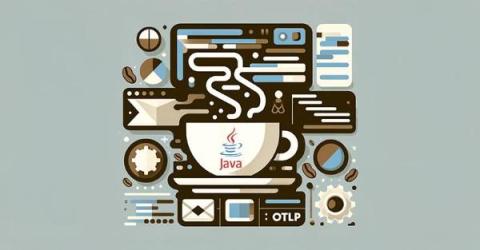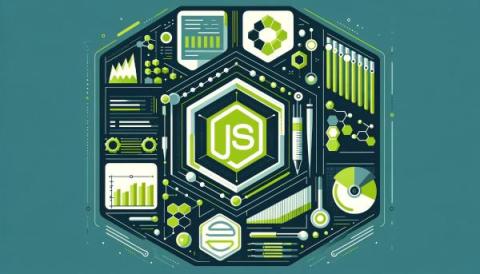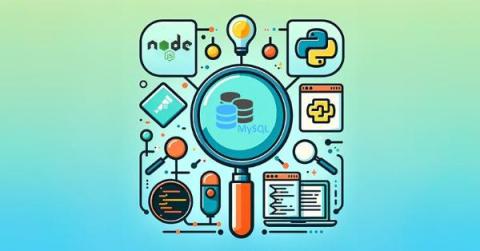Implementing OpenTelemetry OTLP in .Net
The.NET framework is a powerful platform for creating various applications, from web-based services to comprehensive enterprise solutions. Its extensive libraries, support for multiple programming languages, and powerful development tools enable the creation of high-performance, scalable applications that can be customized to suit various needs. This framework continuously evolves to meet the demands of modern software development with a complete ecosystem of add-ons created by an enthusiastic community.











